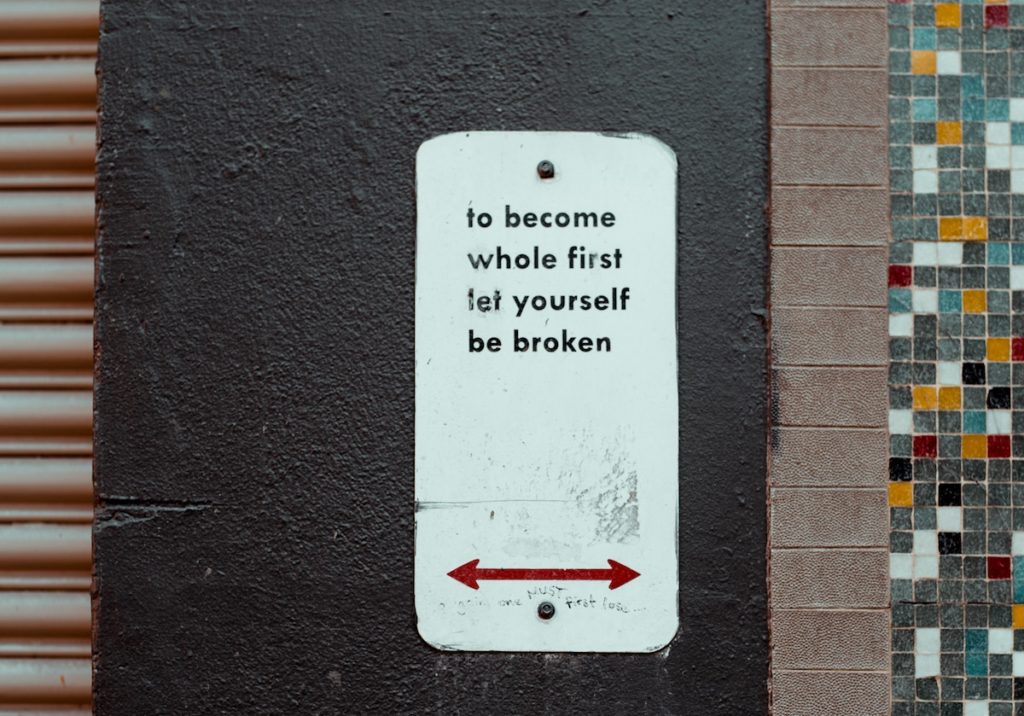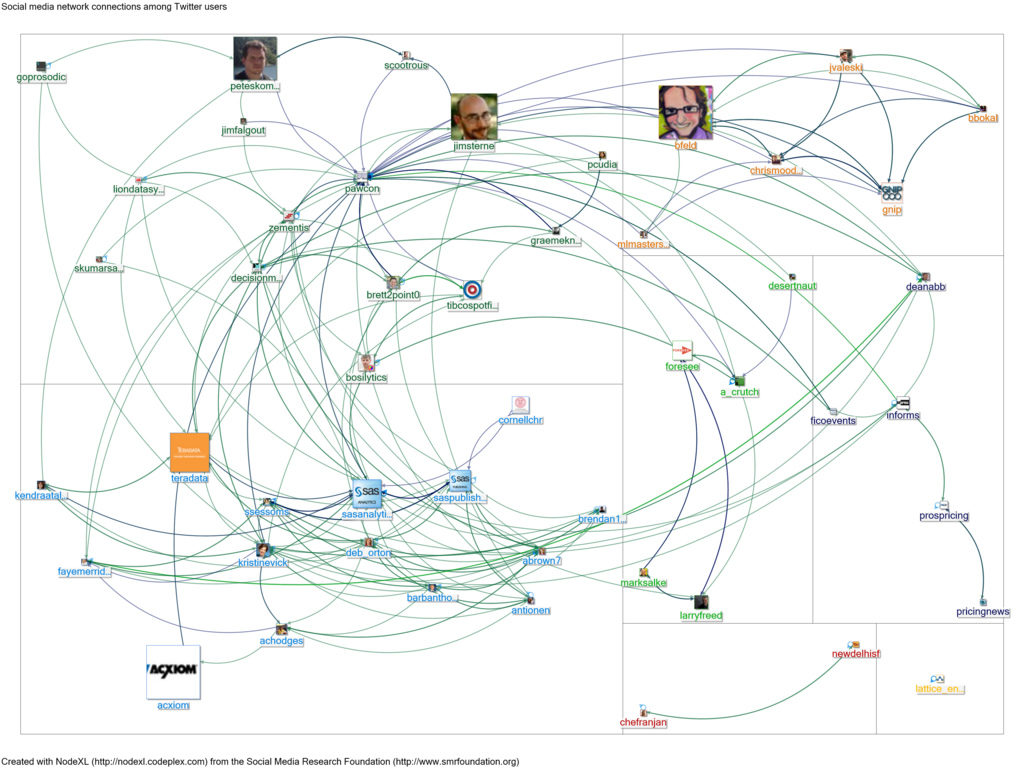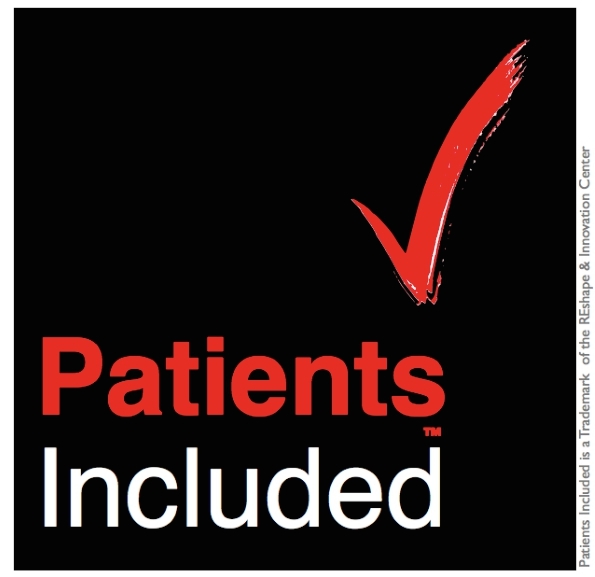
“The public is the sensor that powers influence. They build evidence into practice” – Amy Price, 2013.
As patients increasingly self-manage health conditions and public involvement in research becomes prevalent, the value equation is flipped and instead of healthcare asking: how can we serve our patients?; healthcare, researchers and social scientists ask: what are patients doing for us? (Staley, 2015).
Having patients as partners and social media informants during medical conferences may provide a gateway for other research involvement. To this end, we explore this question through the window of patients participating in social media during healthcare conferences (Utengen et al, 2017).
How could patient tweets make a difference?
Health care conferences take considerable planning and are expensive to attend. They are widely thought to promote networking and share innovation. One challenge impeding growth is that conferences can contain the same attendees, year after year, and the findings across disciplines are not easily shared. This can produce silos where the dissemination of information can stay within the networks from which they originated. Patients have other networks and could be successful agents of cross-pollination.

Including patients at events can help conversations break out of existing professional silos.
In the study by Utengen et al (2017), social network analysis was used to examine the flow of information between virtual social communities and the role of patients within the conference networks.
With permission, we take excerpts from the research abstract:
Objective: The purpose of this study is to examine the impact engaged patients bring to health care conference social media information flow and how they expand dissemination and distribution of tweets compared to other health care conference stakeholders such as physicians and researchers.
Methods: From January 2014 through December 2016, 7,644,549 tweets were analyzed from 1672 health care conferences with at least 1000 tweets who had registered in Symplur’s Health Care Hashtag Project from 2014 to 2016. The tweet content was analyzed to create a list of the top 100 influencers by mention from each conference, who were then subsequently categorized by stakeholder group. Multivariate linear regression models were created using stepwise function building to identify factors explaining variability as predictor variables for the model in which conference tweets were taken as the dependent variable.
Results: Inclusion of engaged patients in health care conference social media was low compared to that of physicians and has not significantly changed over the last 3 years. When engaged patient voices are included in health care conferences, they greatly increase information flow as measured by total tweet volume (beta=301.6) compared to physicians (beta=137.3, P<.001), expand propagation of information tweeted during a conference as measured by social media impressions created (beta=1,700,000) compared to physicians (beta=270,000, P<.001), and deepen engagement in the tweet conversation as measured by replies to their tweets (beta=24.4) compared to physicians (beta=5.5, P<.001). Social network analysis of hubs and authorities revealed that patients had statistically significant higher hub scores (mean 8.26×10-4, SD 2.96×10-4) compared to other stakeholder groups’ Twitter accounts (mean 7.19×10-4, SD 3.81×10-4; t273.84=4.302, P<.001).
Conclusions: Although engaged patients are powerful accelerators of information flow, expanders of tweet propagation, and greatly deepen engagement in conversation of tweets on social media of health care conferences compared to physicians, they represent only 1.4% of the stakeholder mix of the top 100 influencers in the conversation. Health care conferences that fail to engage patients in their proceedings may risk limiting their engagement with the public, disseminating scientific information to a narrow community and slowing flow of information across social media channels.

Health care conferences that don’t involve patients and consumers are missing a trick.
Strengths and limitations
This was a well written study with clear objectives and a pertinent and practical research question, which provides us with an interesting and timely conclusion.
The study used an exploratory data analysis of social media tweets as their method. This meant that they included a large volume of data in the study and it is a good method to identify population trends and patterns of behaviours. However, the data collection quality is dependent on the algorithms developed within the program (Kwak et al, 2010). For example, there will be expected inaccuracies in terms of how individuals are classified, the inability of the program to merge multiple identities and the absence of a control group during this exploratory feasibility stage.
We know how patients contributed to a conference where they were present, but we have no data on the tweeting influence of conferences that are patient excluded, nor do we have data on conferences before and after patient inclusion from which we can make a comparison. In addition, it would be interesting to learn how the degree of integration into the conference influences the quality and quantity of patient-led tweets.
There are concerns that conversations might be dominated by experienced Twitter users who consistently use the #hashtag rather than naïve users who simply share, respond to posts or tag them as favorites. The authors state the task of analysis of millions of tweets did not allow for inclusion of tweets that were shared or liked within the network. This could exclude valuable insights into how community and relationships are developed through Twitter at conferences, and if these relationships are ongoing or sustainable.

More detailed analysis of a subset of Twitter data would provide a richer interpretation of specific events and conversations.
Conclusions
The research reported in this paper is the beginning of the story and there are many questions waiting to be answered and chapters yet to be written. It does show clearly that patients are valuable and prolific contributors who can make a sizeable impact using social media and that this impact can be produced without censorship or advanced training in research. This paper provides an important focus for discussion and for future research.
What happens on Twitter when patients are included at health care conferences is a great question as one objection to patient and public involvement is patients are unskilled and resources are scarce to train them. Twitter, a social media platform is an unstructured environment without health researcher oversight where patients live tweet their thoughts without edits or research training by healthcare professionals. This study shows tweeting by patients at healthcare conferences is beneficial.

This study shows tweeting by patients at healthcare conferences is beneficial.
Implications for practice
- There is mounting evidence that patient involvement in research is beneficial to all stakeholders and this is reported across medical conditions in multiple systematic reviews (Boote et al, 2015).
- A recent paper by Levitan et al (2017) reports that involving patients as partners at the earliest stage of clinical trials and continuing through all phases delivers substantial savings in time, cost and resources.
- Likewise planned patient involvement in healthcare conferences may:
- increase engagement with the public
- multiply dissemination of scientific information beyond a narrow community
- contribute to insights in multidisciplinary work
- increase the flow of health information across social media channels.
Call to action
Will you start by involving patients in your next healthcare conference?
For insight on how to involve patients in your next healthcare conference we recommend the following resources:
- “Nothing about us without us”—patient partnership in medical conferences
Patient involvement in the European Respiratory Society Congress 2015-16
Effective involvement of patients at medical meetings—a case study from EULAR - https://patientsincluded.org/conferences/
To get involved in a medical conference see examples:
- http://www.evidentlycochrane.net/cochrane-for-all-making-our-conference-a-patients-included-event/
- http://www.everyoneincluded.org/

Is your next healthcare event going to be PatientsIncluded?
Links
Primary paper
Utengen A, Rouholiman D, Gamble JG, et al. (2017) Patient Participation at Health Care Conferences: Engaged Patients Increase Information Flow, Expand Propagation, and Deepen Engagement in the Conversation of Tweets Compared to Physicians or Researchers. Journal of Medical Internet Research 2017;19:e280. doi:10.2196/jmir.8049
Other references
Staley K. (2015) ‘Is it worth doing?’ Measuring the impact of patient and public involvement in research. Research Involvement and Engagement 2015;1:6. doi:10.1186/s40900-015-0008-5
Kwak H, Lee C, Park H, et al. (2010) What is Twitter , a Social Network or a News Media ? Categories and Subject Descriptors (PDF). the 19th international conference on World Wide Web 2010;:591–600. doi:10.1145/1772690.1772751
Boote J, Wong R, Booth A. (2015) ‘Talking the talk or walking the walk?’ A bibliometric review of the literature on public involvement in health research published between 1995 and 2009 (PDF). Health Expectations 2015;18:44–57. doi:10.1111/hex.12007
Levitan B, Getz K, Eisenstein EL, et al. (2017) Assessing the Financial Value of Patient Engagement: A Quantitative Approach from CTTI’s Patient Groups and Clinical Trials Project (PDF). Therapeutic Innovation & Regulatory Science Published Online First: 2017. doi:10.1177/2168479017716715
Photo credits
- Photo by Neil Bates on Unsplash
- Photo by Saulo Mohana on Unsplash
- Photo by Annie Spratt on Unsplash

So what is new? This is simply a rehash-tag of what we know already. That is all professionals need to ensure inclusion of users but that this is full of traps as the ‘professional user’ and those proficient in social media may skew the matter. Indeed those who do not get involved are probably the ones with greatest need for services and are therefore underrepresented allowing services to justify concentrating on lesser need. This has been the picture since the late seventies and has not altered. We need to focus. Adverse mental health might affect many people but fewer suffer major, debilitating illness patterns that have a fundamental impact upon society and it’s responsibility to care for the most vulnerable.
Hi John,
I think it is more than a rehash as patients are co-designing their treatments, building medical devices and more it is critical that we include everyone to redesign the healthcare culture and be prepared to set a stage from which the stories that re not easy can be heard. Thank you for speaking up on behalf of those who can not or whose voices have been dismissed. I hope you will share ideas and help because if we don’t meet the needs of those who need us the most it is not medicine or mental health.